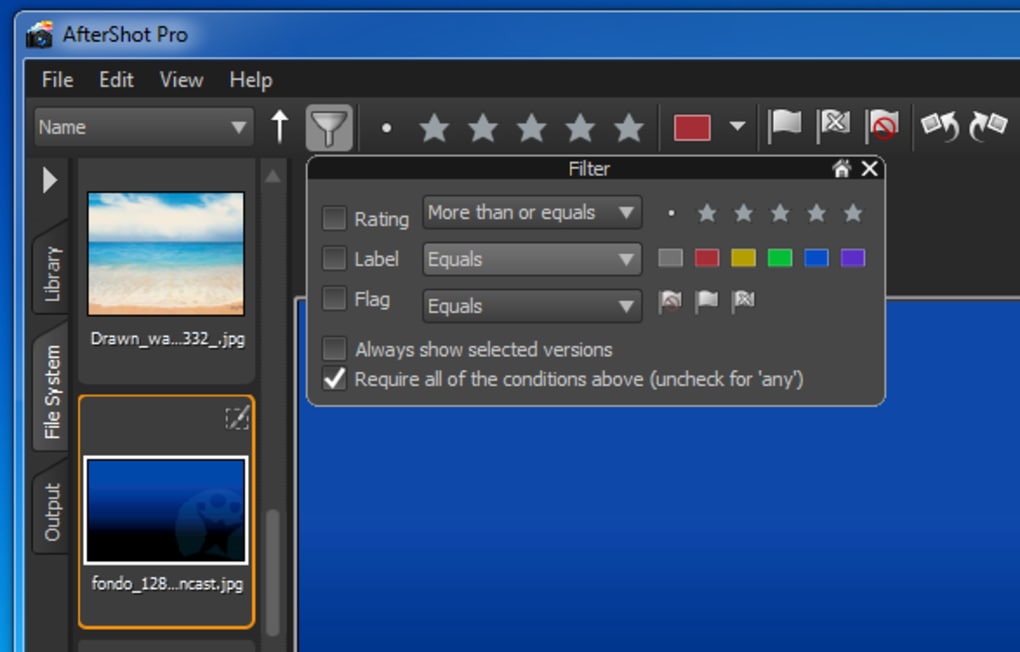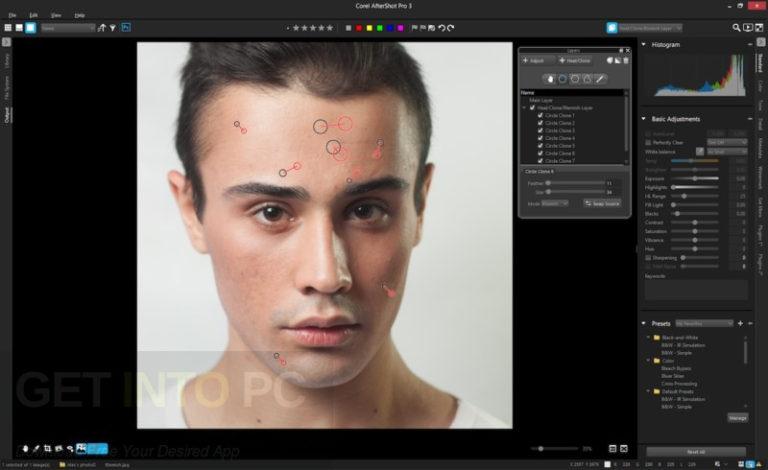

With the AfterShot Pro workflow, you start with the Standard tools and then work your way down, with tools for Color, Tone, Metadata, etc. Overall, I found Corel AfterShot Pro offers all the image-correction tools that are also available in other apps, with identical results. It has a database of lenses to correct for lens-associated errors however, it's not as complete or accurate as DxO Optics Pro, which relies on lab results for lens corrections. Noise Ninja can be registered in AfterShot Pro with all of the additional paid features becoming available, including making profiles, etc.ĪfterShot Pro works with body and lens profiles. Noise Ninja is the best noise-reduction algorithm available in the industry and users get direct access to the free version from within Corel AfterShot Pro. Because it's a one-click feature, I was skeptical but as an automatic adjustment early on in the workflow, it proved to be quite accurate and extremely fast. Perfectly Clear uses patented medical imaging technology to provide photographs with optimal contrast and sharpening. Two features make Corel AfterShot Pro especially interesting: Athentech Imaging's Perfectly Clear and PictureCode's Noise Ninja. Interface-wise, Corel AfterShot Pro looks a lot like Bibble 5 Pro and the software borrows more than just its looks from third-party developers.

The performance does suffer a bit when you start adding a lot of corrections and adjustments to a photo, but the software stays faster than some competing products. Even importing 4,000 images, including the creation of thumbnails and previews, didn't take much longer than 10 minutes on an iMac i5/3.1 GHz with 12 MB of RAM.

It's available for Mac OS X, Windows, and Linux.Ĭorel AfterShot Pro is fast. Corel's first professional photo catalog and RAW editing software, AfterShot Pro, is based on a number of technologies-Bibble Pro, Noise Ninja, and Perfectly Clear-that are widely known and respected in the photography world.


 0 kommentar(er)
0 kommentar(er)
